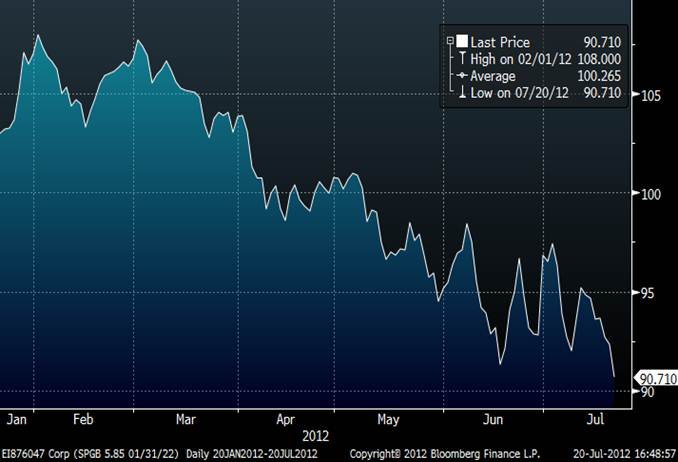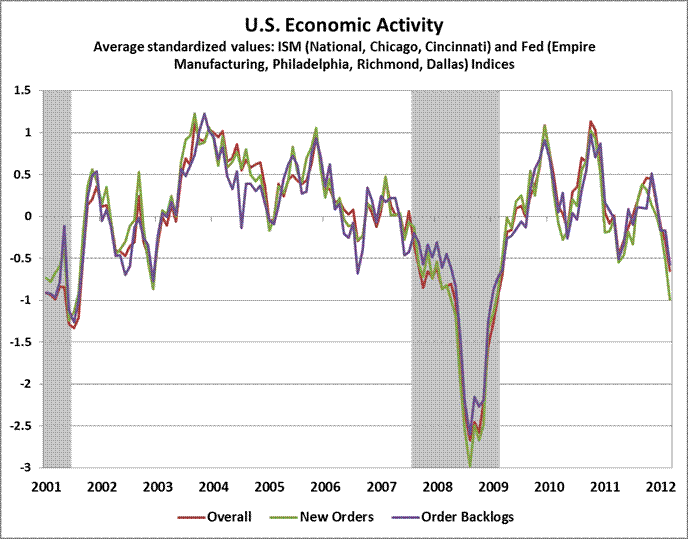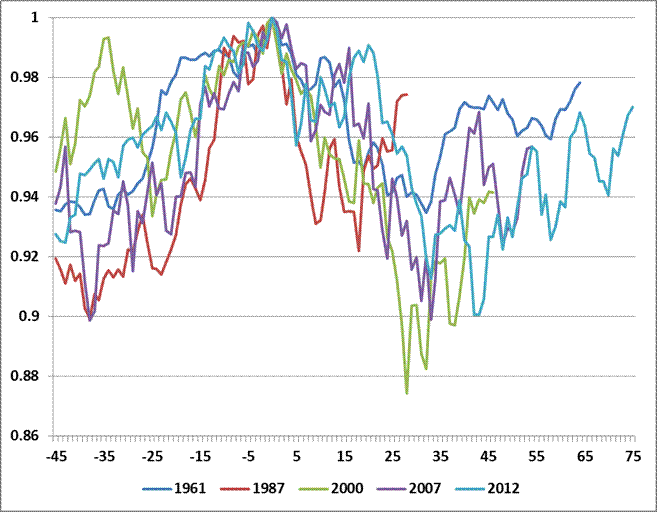Let me preface this by saying, in no uncertain terms, that I am no constitutional scholar. Following are random – and I mean random – musings re the Constitution and its amendments, which I have taken the time to read over the last couple of days. How many of you have ever read the Constitution – start to finish? It doesn’t take long to read, and it is an interesting journey.
The preamble lays out what it is all about – to establish justice, insure domestic tranquillity, and provide for the common defence and general welfare of the people. In this, I must say that it has been a dismal failure. They are high goals indeed, but the reality is far different.
Is it just for a small percentage of the population is able to sway the elected representatives of the country to do their bidding? Do you feel tranquil and safe, given the crime, economic turmoil, and inequality that exist? Do you think that the government is providing for the common defence by its involvement in overseas war, and do you think that the rampant mismanagement of the nation’s economic situation and budget are providing for the general welfare?
Re Congress, the Constitution establishes that the role of Congress is to collect taxes, provide for the common defence, regulate commerce, to coin money and regulate value thereof. Etc., etc.
At this point I want to highlight one of the most glaring, incontrovertible, in my opinion totally inarguable unconstitutional activity that has occurred. In addition to the right of Congress to coin money, the Constitution says that States may only permit gold and silver coin to be used as tender. Please re-read that – the STATES ONLY MAY PERMIT GOLD AND SILVER COIN TO BE USE AS TENDER! This has never been amended. How can any reading of the Constitution consider fiat money as Constitutional? Why has there been no challenge? Why has no state – any state – flat out refused to accept fiat money? WHY?
Moving right along, the Constitution allows the president to fill vacancies that happen during the recess of the Senate. For me, that means if a vacancy occurs during the recess, the president can fill it. Of course, presidents have taken it to mean that they can fill vacancies – independent of when they occur – during recesses. What an over-step of the intention of the Constitution.
The Constitution guarantees trial by jury, etc. It requires 2 witnesses for the crime of treason. The 5th amendment requires the person to be indicted by a grand jury. Also, Bills of Attainder are forbidden. So, in all, just how can the president make a unilateral decision to order the death of an American citizen overseas (sounds like a Bill of Attainder to me!)? Where is the indictment? Where is the trial? Where are the witnesses? In the name of all that is holy, how can that be Constitutional?
The Constitution has the Congress chosen by the “People”. It does not define people. It just assumes everyone knows that people are white men, and it doesn’t clarify people for over a century to include women. This highlights a great flaw in Constitutional law to me – that a strict reading of the Constitution is incorrect as it does not reveal intent, and for the Constitution to be followed, intent must come into it. An example of this, where I differ with SSS, for instance, is re the first amendment which enshrines free speech. Did the Framers actually mean for this to cover paid lobbyists to lobby on behalf of the rich and the corporations? Did the right to petition actually include to lobby? Does seek redress – which normally means “To set right, remedy or rectify” actually mean to sway the Congress into making laws favourable to the rich and powerful? I think not. And the right of business to lobby has never been tested in court, to my knowledge.
The Constitution gives the power to wage war to Congress. And only to Congress. And it seemingly implies that war is only meant for defence – it talks about defending against invasion. It also talks about keeping an army – with appropriations for such required every two years. How often in the last 200 years have these things been violated? Where is there a right to wage war in other countries – at all? Where does it give the president the right to wage war without the consent of congress? The requirement of 2 years appropriations and no more seems to imply, at least, that an army shouldn’t be something that is maintained in perpetuity for defence (that would seem to majorly the purpose of militias, which is mentioned numerous times). Where do long-term military contracts come in – as that would seem to breach the appropriations clause?
The second amendment clearly gives the right to bear arms, especially for the maintenance of a militia. It seems to me that a well-equipped militia would require all manner of arms – including automatic weapons, grenades, etc. A militia is defined as “A military force of civilians to supplement a regular army in an emergency.” A militia armed with sling-shots simply wouldn’t be very effective against invasion, now would it? Banning weapons of any type seems to me to be un-Constitutional.
Here is another little titbit – the Constitution bans imposition of taxes between states. States are currently squealing like stuck pigs over this due to on-line commerce, which deprives them of their sales tax revenue. Amazon is perhaps the major player here. States are trying everything they can to circumvent the Constitution with regard to this.
The 4th amendment talks about search and seizure, and warrants. That amendment has been violated so many times it is now common practice, I would suggest. Police knock on your door – or don’t even knock – don’t identify themselves, and shoot you dad when you come to the door armed, or confront them in your house armed. Often with no consequence to the police that do the shooting.
The 6th amendment guarantees a speedy trial. What a joke – reality is far different.
The 8th amendment talks about cruel and unusual punishment and no excessive fines. That is another joke – the IRS has so many excessive fines on its books it is laughable. For instance, if you fail to advise them of an overseas bank account and how much is in it (do they really have the right to know what is in your bank accounts?), the fine is 50% of the balance of the account. Not for not paying tax – for not telling them about the account!
I understand that the Constitution is meant to allow the federal government to do what is in the Constitution – and only what is in the Constitution – and no more. The states have the right to everything else. The fact is that the federal government has grown its reach into every aspect of the daily lives of Americans.
I apologize for the rambling nature of this, and for the fact that it barely scratches the surface of so many issues. The thoughts herein are not organized but simply came from notes taken during my reading of the Constitution and its amendments. However, it seems to me that the Constitution has never been an actual working document. The corruption of politicians and police, the buying of favor, has existed forever, and continues unabated. The rights of the people with regard to search and seizure, the right of non-self-incrimination (the IRS requires you to self-incriminate, for instance, and will use that against you in a criminal case), the right to trial by jury and habeas corpus, the right to petition, assemble and free speech, the right to coined money comprised of gold and silver, to keep and bear arms, et al, have been either ignored or entirely abandoned. And now, the highest court in the land has become politicized beyond redemption.
Does the Constitution really have a place anymore, and did it ever? It is a wonderful document – stirring even. But I have to say it is largely a work of fiction, as it isn’t in force. Perhaps the people will seize the day and make it what it may have been – a guide book for freedom and prosperity. But somehow, I think the opportunity has passed. I encourage everyone to take the hour or two required and read it start to finish. It is quite something.
























